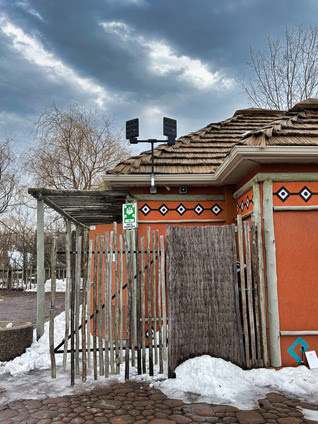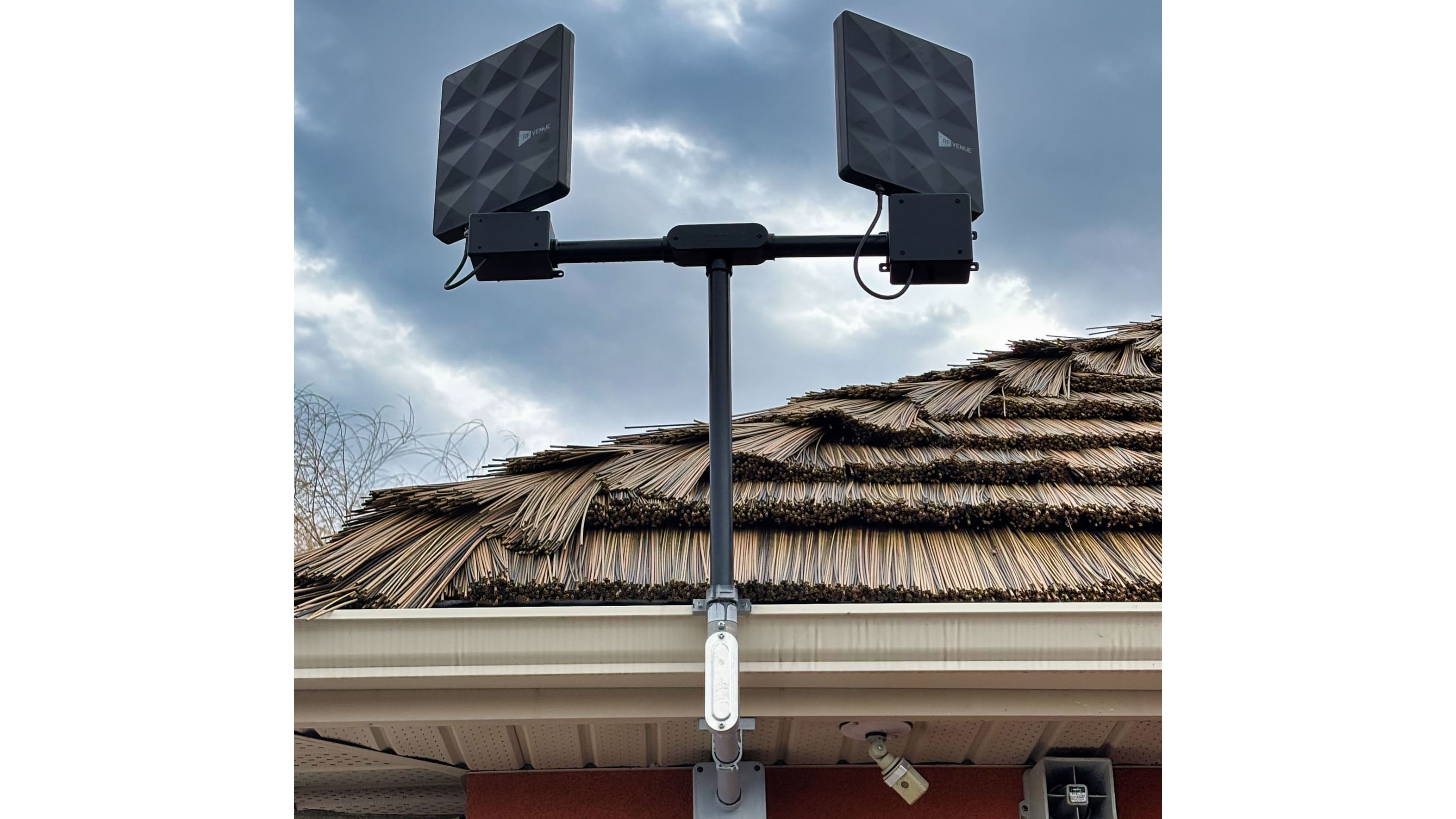Show Devant, a Granby, Quebec, Canada-based corporate AV solutions provider since 2000, has successfully completed a pilot antenna upgrade at the Granby Zoo (aka Zoo de Granby). The installation was undertaken to solve persistent wireless microphone dropouts and coverage issues. Show Devant, Granby Zoo’s trusted and exclusive AV integrator since the company’s founding, installed a pair of RF Venue’s CP Stage Antennas with immediate improvement in RF performance and coverage for two of Granby Zoo’s popular animal exhibit presentations.
“With the old system, our beltpack transmitters had to be pushed to 20mW just to get 25% signal strength. After installing the CP Stage antennas, we reduced the packs to 10mW, and the Shure ULX-D receivers now show a solid 100% RF signal,” shared Antoine Gasse, Show Devant’s AV system head designer and integrator.
[Check out America's First Hologram Zoo Where 'Technology Meets Wildlife]
The non-profit Granby Zoo, founded in 1953, is dedicated to animal conservation. It supports around 30 species survival plan programs and houses over 40 at-risk species. The zoo is also involved in about 20 conservation projects in Quebec and worldwide. At approximately 60 animal exhibit stations, including 20 equipped with Shure ULX-D wireless beltpack systems, the zoo’s education staff coordinates unique, non-overlapping presentations throughout the day to give visitors a chance to experience every exhibit. However, weak signal strength and unreliable reception were frequent challenges—particularly given the expansive layout of the zoo and environmental conditions.
“Originally, we had extended basic half-wave stick antennas outside and hoped for the best results. That approach left us with coverage gaps and signal loss,” Gasse elaborated. The RF Venue CP Stage antennas were chosen for their circular polarization, which removes any potential for coverage issues from the orientation of the beltpack antennas while offering the benefits of a widely directional pickup pattern with more antenna gain than paddle antennas can provide. Plus, the CP Stage antenna’s IP-rated housing delivers weather-proof performance and durability. “The CP Stage’s price point was close to that of the OEM paddle antennas, but the performance difference was obvious,” added Gasse.

The antennas were strategically installed on a rooftop location, with one aimed 200 feet toward the lion station on the left and the other targeting the giraffe station 150 feet away on the right. Each antenna was routed through a 1:2 passive splitter/combiner to allow each antenna to feed an input on each station’s ULX-D receiver. Thus, signal can still be received off-axis from a station’s designated antenna in the direction of the adjacent station, and the collocated receivers can be used for either station.
Gasse said that this was Show Devant’s first deployment of RF Venue products — but it won’t be the last. “We appreciate RF Venue for providing a full IP-rated antenna to the business with an elegant look on top of its performance. The success at Zoo de Granby has been so convincing,” he concluded, “that we’re now planning antenna upgrades at 19 additional exhibit stations for this client alone.”
